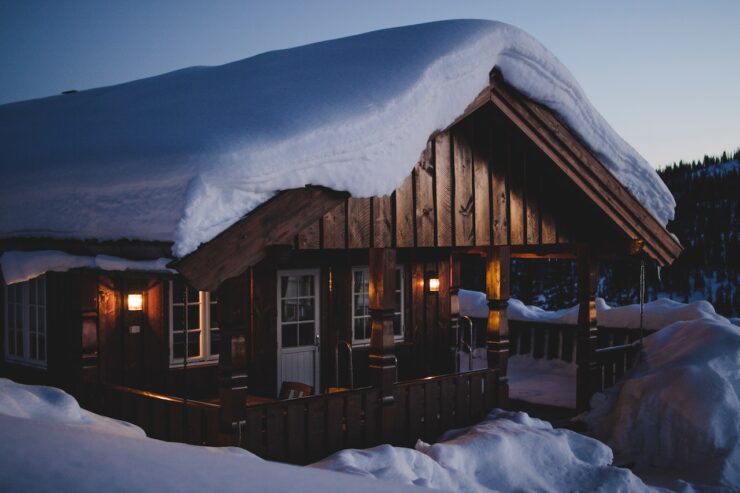The colder winter months are on the way. It’s time to start thinking about home maintenance tasks that keep your home in tip-top shape. Before starting, consider the frequent issues in your home during winter and prioritize those tasks.
The most common problems are heating inefficiencies, frozen pipes, and ice dams. Here are home maintenance tasks to prioritize as you prepare for the colder months:
Page Contents
1. Get Your Furnace Serviced
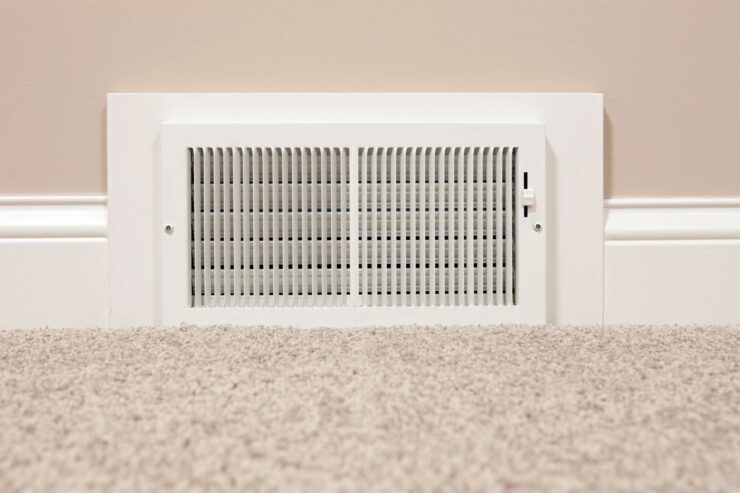
Your furnace works hard to keep your home warm during winter. Have it serviced before the cold weather hits. A furnace maintenance checklist includes changing the air filter, oiling the motor, and inspecting the belts as stated at summersphc.com. These help the furnace run more efficiently and prevent any unexpected breakdowns.
Also, check whether it’s still capable of providing the right level of heating for your home as furnace efficiency degrades over time. If not, consider an upgrade. Let a professional analyze your home’s heating needs and make recommendations.
2. Check for Cracks and Gaps in Your Home’s Exterior
As the temperature drops, take a walk outside your home and check for cracks or gaps. These let in cold air, leading to higher energy bills. If you find any, seal with weatherstripping or caulk. Also, look at your windows and doors to ensure they’re well-sealed. Inspect the attic, basement, and crawl spaces for gaps as well.
3. Insulate Pipes
Frozen pipes are one of the most common winter problems. They burst and cause severe water damage. To prevent this, wrap in insulation any pipes exposed to the cold, such as those in the attic. Replace older pipes and fixtures with new, more effective materials.
Pay special attention to pipes in unheated areas, such as the basement and crawl space. The immense pressure and weight of the water can cause even well-insulated pipes to burst. If your home is susceptible to freezing temperatures, keep a faucet open for water to flow and prevent the pipes from freezing.
4. Inspect Your Roof

A roof protects your home from the winter elements, so keeping it in good condition is essential. Inspect for any missing, damaged, or loose shingles. When you find any, repair or replace them as soon as possible.
Ice dams can also form on your roof during winter. These are caused by heat escaping from your home, melting the snow. The water then freezes, creating a dam that prevents the melted snow from draining.
Ice dams cause water to leak into your home, damaging the roof, ceilings, and walls. To prevent this, make sure your attic is adequately insulated and ventilated.
5. Clear Your Gutters
Gutters clogged with leaves and debris cause many problems, such as roof damage and flooding. As winter approaches, clear out the gutters to prevent issues. First, remove the debris by hand or with a hose.
Flush the gutters with water to clear any remaining dirt. You should also check the downspouts to make sure they’re not blocked. If they are, clear them out for the water to flow freely.
6. Insulate Your Home
Insulating your home is one of the best ways to prepare for winter. It keeps the heat intact and the cold out, lowering energy bills. Check the insulation in your attic, as this is where heat escapes. Top up the insulation if it’s low. Add more on the walls, floors, and around doors and windows.
7. Prepare Your Landscaping
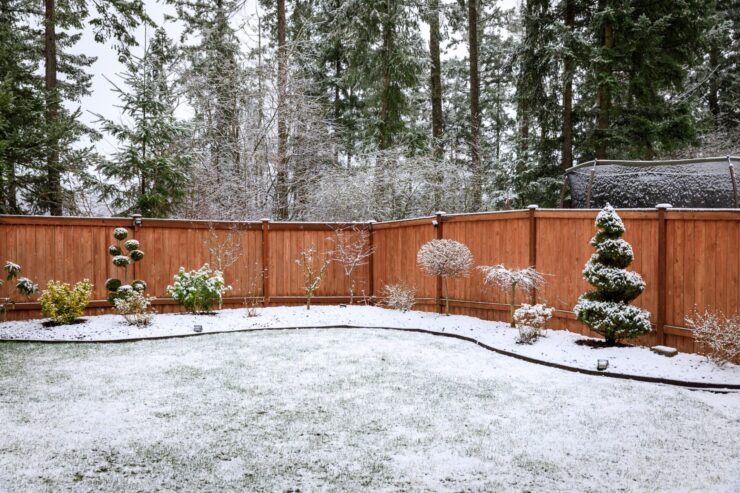
Your landscaping can also be affected by the winter weather. Prune any dead branches from trees and shrubs. Doing this keeps them from breaking and damaging your home during a winter storm.
Also, trim any overgrown plants, so they don’t block gutters or windows. It allows snow and ice to melt and drain properly. Finally, mulch your flower beds to protect the roots of the plants from the cold.
8. Inspect The Chimney
Now is the time to inspect the chimney if you have a fireplace. Look for any cracks or gaps that need repair. These let in cold air and can cause a fire. Also, check the flue for any blockages. Hire a professional to do a thorough inspection and cleaning of the chimney if necessary.
Note that a dirty chimney is one of the leading causes of house fires. It also spreads harmful toxins throughout the home. Cleaning also removes any obstructions, such as animal nests.
9. Test The Sump Pump
The sump pump removes water accumulated in the sump pit. It’s usually caused by melting snow or rainfall. Test it to ensure it works properly before the rainy or snowy season.
Water will build up and flood your basement if the sump pump doesn’t work. Fill the sump pit with water and turn on the pump to test it. The water should flow out of the pit and away from your home. If not, the pump needs repair or replacement.
10. Check The Smoke and Carbon Monoxide Detectors
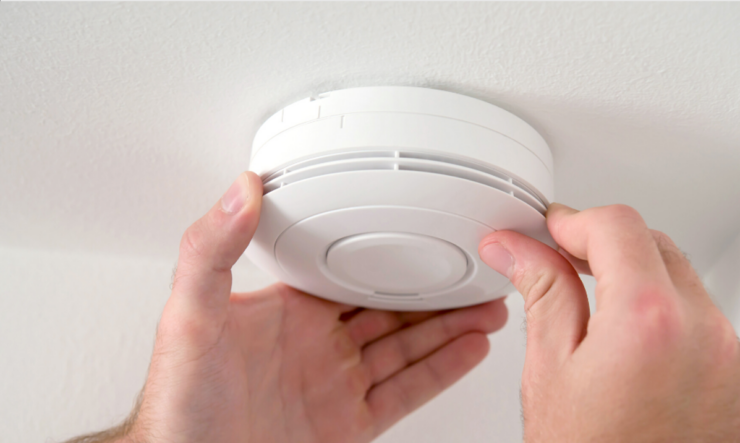
Smoke and carbon monoxide detectors save lives by alerting you of a fire or gas leak. Inspect all the detectors in your home and replace the batteries if necessary. Test them to ensure they work. If you don’t have enough, install more. Go for smart ones to control from your phone.
11. Switch the Ceiling Fan’s Direction
In the hotter months, ceiling fans rotate counter-clockwise to create a cooling breeze. But did you know that they also help in winter? In reverse, the blades push warm air down, making the room feel warmer.
It’s an energy-efficient way to heat your home as you don’t have to use the heater as much. Take note that ceiling fans don’t actually generate heat. They only redistribute the warm air that’s already in the room. Reverse the blades’ direction by flipping the motor housing switch. Check the ceiling fan’s manual if unsure.
12. Clean The Dryer Vent
A lint fire is one of the leading causes of house fires. Dryer vents get full of lint, and it only takes a spark to set it ablaze. To clean the vent, start by unplugging the dryer and disconnecting the vent from the exhaust.
Use a long hose attachment vacuum to suck any lint in the vent. Then clean the lint screen and reinstall everything. Do this at least once a year or more often if you have pets, as their hair can clog the vent. If you can’t clean it, hire a professional dryer vent cleaning service.
13. Store The Outdoor Furniture
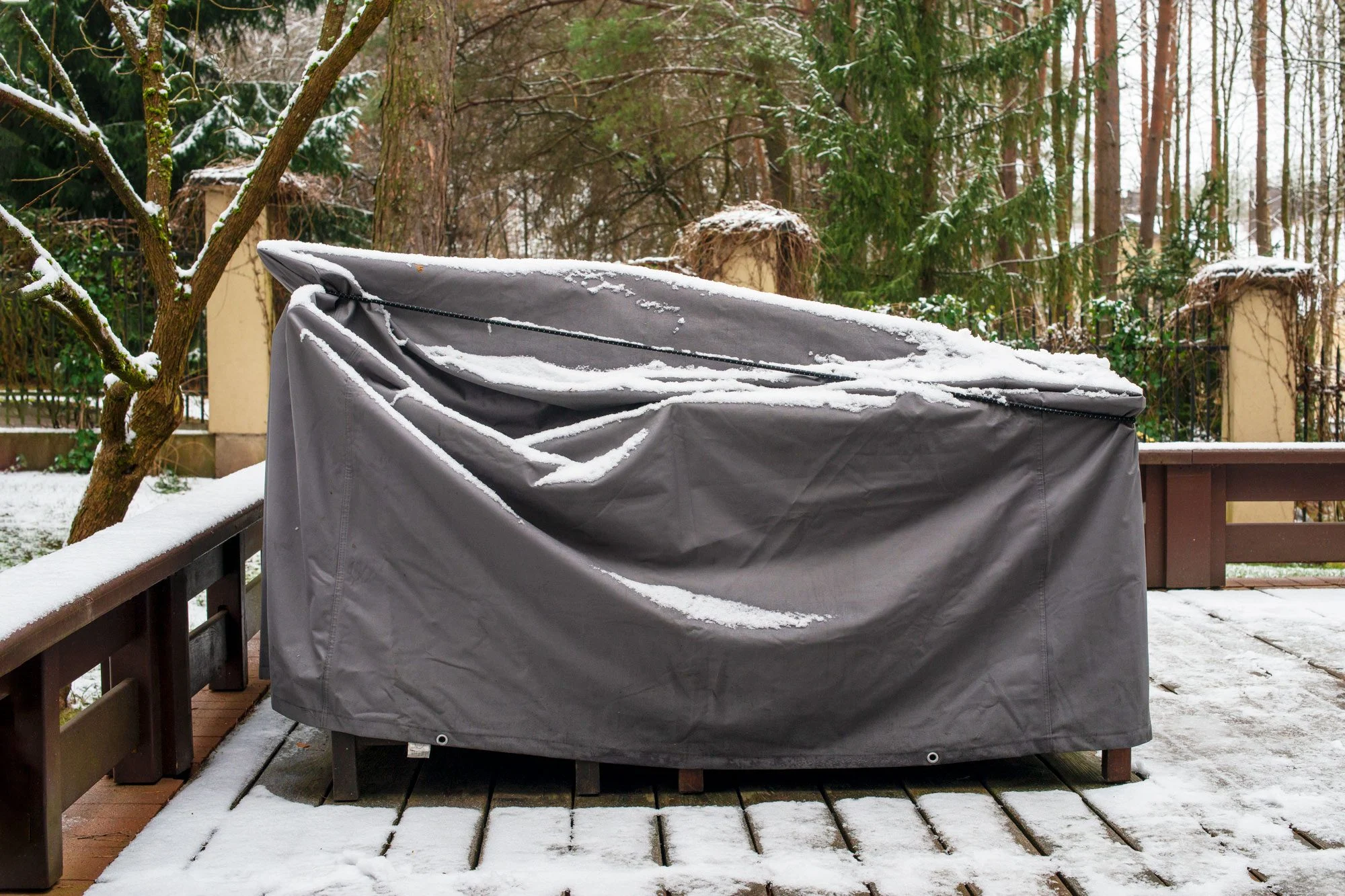
The harsh winter weather has a damaging effect on outdoor furniture. Store them in the garage or shed to protect them from wind, snow, and ice. Cover them with a tarp or furniture covers if you can’t store them.
Better still, buy outdoor furniture made of materials that withstand the cold and all types of weather. Wicker, aluminum, and teak are excellent choices as they’re durable and low-maintenance.
Stay Warm and Safe the Entire Season
As you’ll realize, taking time to prepare your home for winter prevents stressful and costly issues. Have an entire property inspection, and call a professional to check for any other areas of concern. When you do this, you’ll stay safe and warm the whole season.

